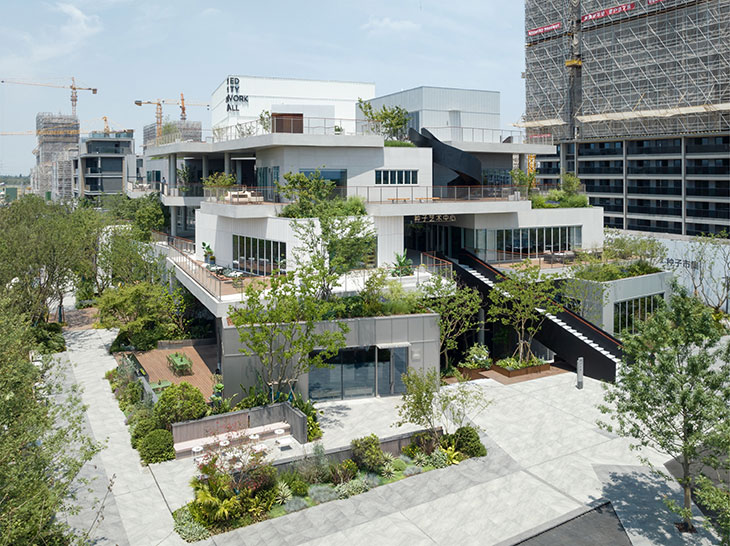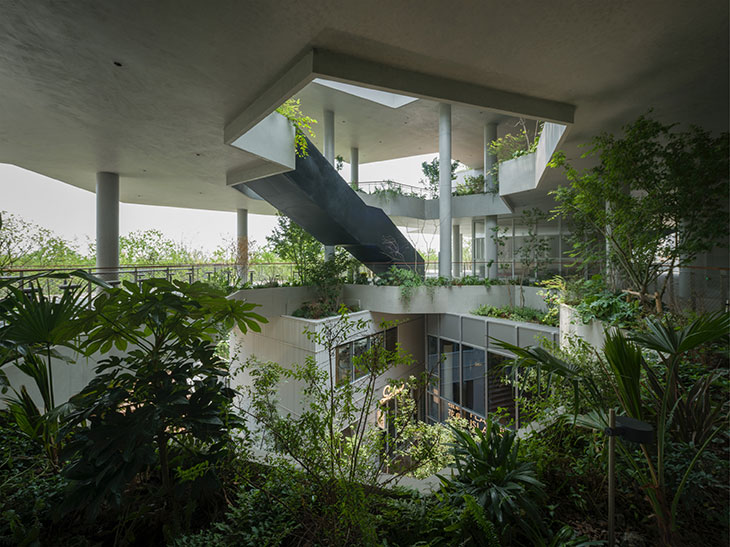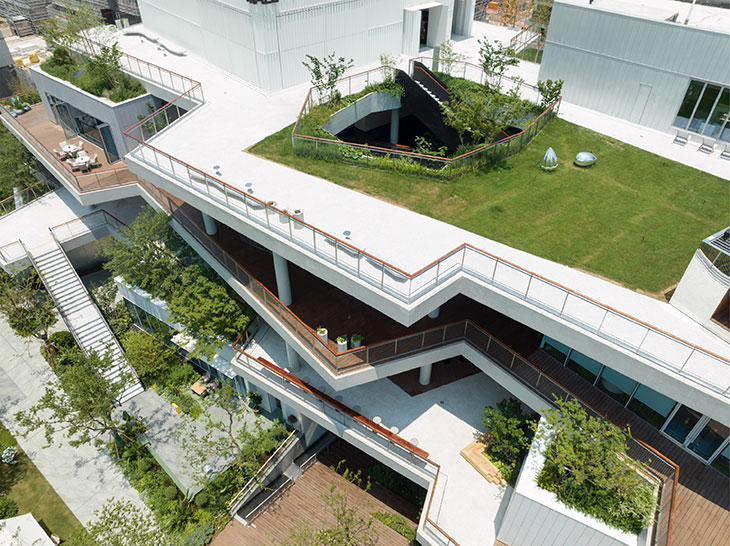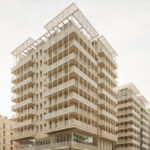
The urgent need for sustainable solutions has pressed the architecture and construction industries to embrace a paradigm shift towards green architecture. This approach to designing buildings focuses on creating structures that are not only aesthetically pleasing but also environmentally responsible, resource-efficient, and energy-conscious. But what goes into this type of build? Read on to learn more.
Principles of Green Architecture
Energy Efficiency
One of the fundamental principles of green architecture is energy efficiency. Sustainable buildings incorporate design features that optimize natural lighting, ventilation, and insulation to minimize the need for artificial heating and cooling. Where equipment is necessary, it is paramount to choose energy efficient options. For example, choosing to replace fluorescent lights with LED. This not only reduces energy consumption but also results in lower utility bills for occupants.
Renewable Energy Sources
Green architects harness the power of renewable energy sources to meet the energy demands of a building. Solar panels, wind turbines, and geothermal heating systems are integrated into the designs to generate clean, sustainable energy, reducing reliance on non-renewable resources.
Sustainable Materials
Choosing environmentally friendly and sustainable materials is a key aspect of green architecture. Architects and builders are increasingly turning to recycled, reclaimed, and/or locally sourced materials to minimize the environmental impact of construction. Additionally, materials with low embodied energy – the energy required for extraction, production, and transportation – are prioritized in green building projects.
Water Conservation
Green architecture places a strong emphasis on water conservation through the implementation of innovative technologies such as rainwater harvesting, greywater recycling, and the use of water-efficient fixtures. These strategies reduce water consumption and contribute to the overall sustainability of the building.

Biodiversity and Green Spaces
Integrating green spaces and biodiversity into architectural designs is another hallmark of green architecture. Rooftop gardens, vertical green walls, and communal green spaces enhance the visual appeal of the building, support local ecosystems, improve air quality, and provide recreational areas for occupants.
Examples of Green Architecture
One Central Park in Sydney, Australia:
Designed by architect Jean Nouvel, One Central Park features a striking combination of sustainable design elements. The building incorporates green walls, rooftop gardens, and a heliostat system that redirects sunlight to shaded areas. Its hallmark is the way it maximizes natural light, reducing the need for artificial lighting.
The Edge in Amsterdam, Netherlands:
Often referred to as the greenest office building in the world, The Edge utilizes a range of innovative technologies, including solar panels, rainwater harvesting, and a smart lighting system that adapts to occupancy and natural light conditions. The building is also surrounded by greenery, promoting a connection to nature for its occupants.

Benefits of Green Architecture
1 Environmental Impact Reduction
Green architecture significantly reduces the environmental impact of buildings by lowering energy consumption, minimizing waste, and decreasing reliance on non-renewable resources. This contributes to the overall goal of mitigating climate change and protecting natural ecosystems.
2 Cost Savings
While the initial costs of implementing green architecture features may be higher, the long-term benefits often outweigh the upfront expenses. Energy-efficient designs and renewable energy sources result in lower utility bills, making green buildings more cost-effective in the long run. Plus, there are often financial incentives available (like utility rebates, tax credits, and grants) that aim to make efficient building methods more easily achievable.
3 Improved Health and Wellbeing
Green buildings prioritize the wellbeing of occupants by providing healthier indoor environments. Enhanced air quality, natural lighting, and access to green spaces contribute to improved physical and mental health. A major benefit of this building style is boosting mood, productivity, and overall quality of life.
Green architecture represents a transformative approach to building design that aligns with the urgent need for sustainable and eco-friendly solutions. By incorporating energy-efficient technologies, renewable energy sources, sustainable materials, and a commitment to biodiversity, green buildings stand as an increasingly achievable goal that fosters environmental responsibility.
Images from The Seed Plaza Revolution by B.L.U.E. Architecture Studio – see full story here.




no new building is eco friendly to start with. you are just spewing a bunch of greenwashing practices….